Presence of the Past 2021
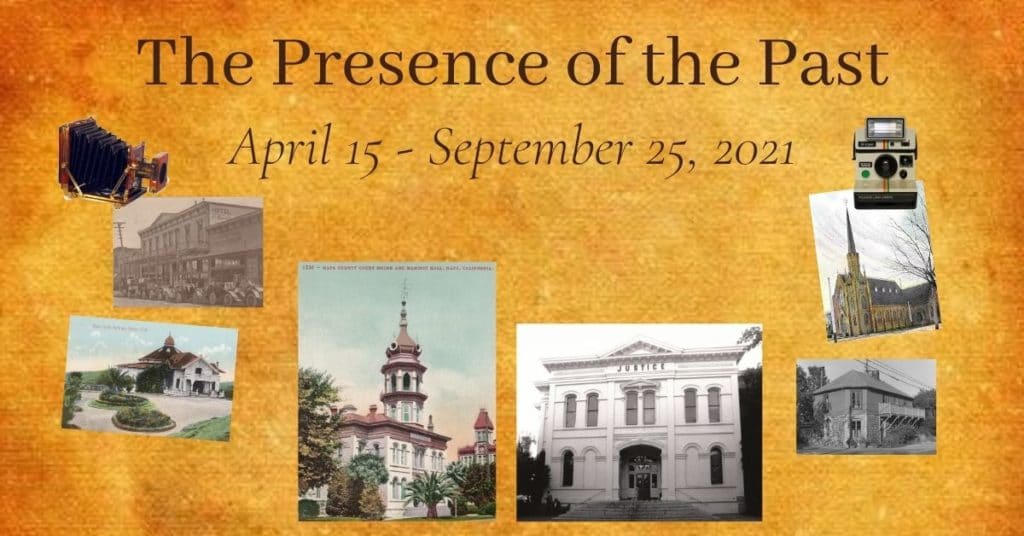
Historic Napa was founded at the advent of photography and thus is well documented visually. For the Spring 2021 exhibit in the Jess Doud Exhibit Hall, the Napa County Historical Society is featuring eighteen select landmarks from across the Valley that represent nine different categories including, Churches & Schools, Homes, Hospitals & Hotels, Resorts & Wineries, and finally Bridges & Businesses. Many of these iconic landmarks have withstood the test of time while others have sadly vanished. Luckily all have been captured by photography and so their memory remains.
The nine categories reflect the different developments that changed with the growing population.
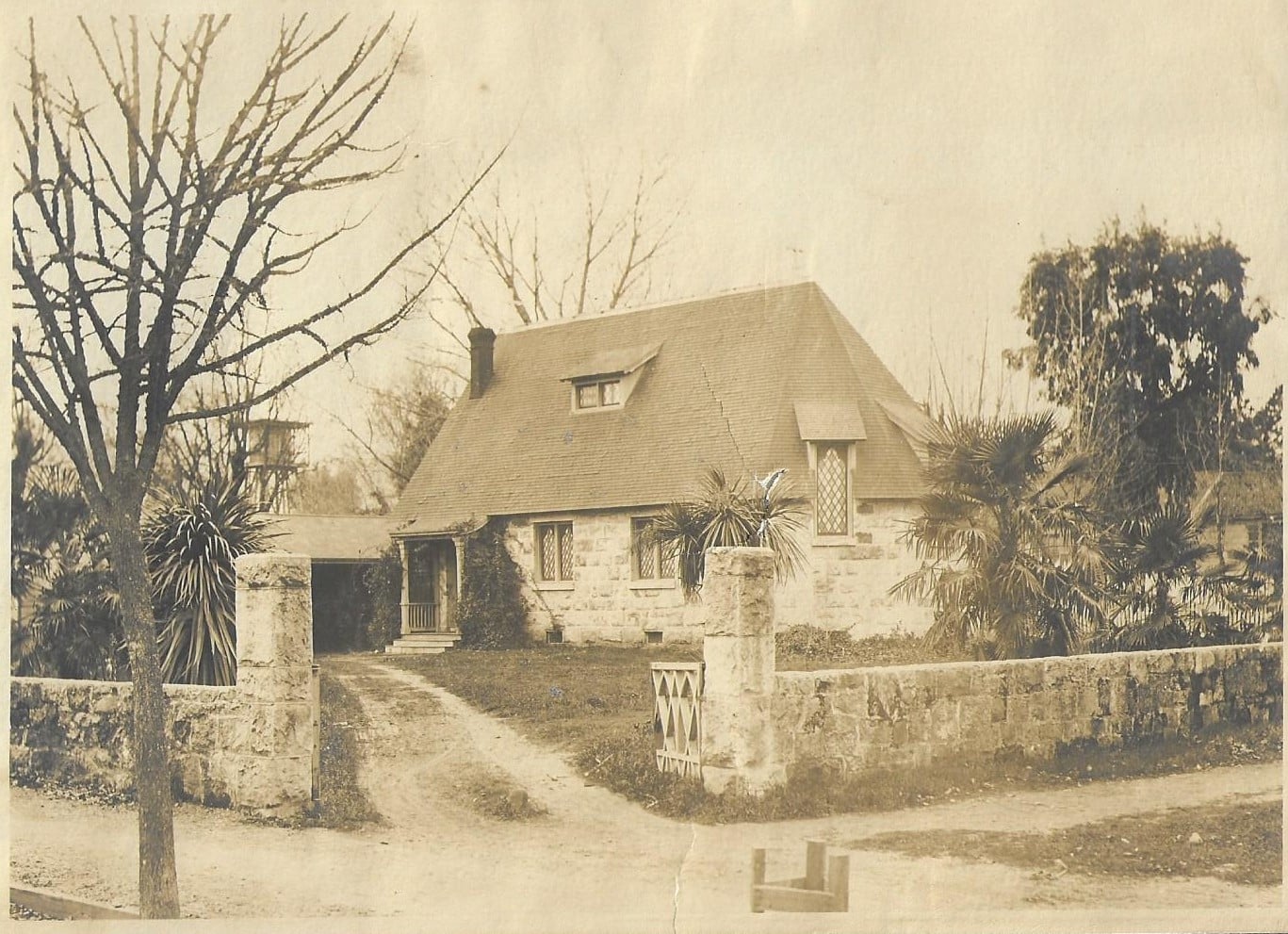
Grace Episcopal
1883
St. Helena
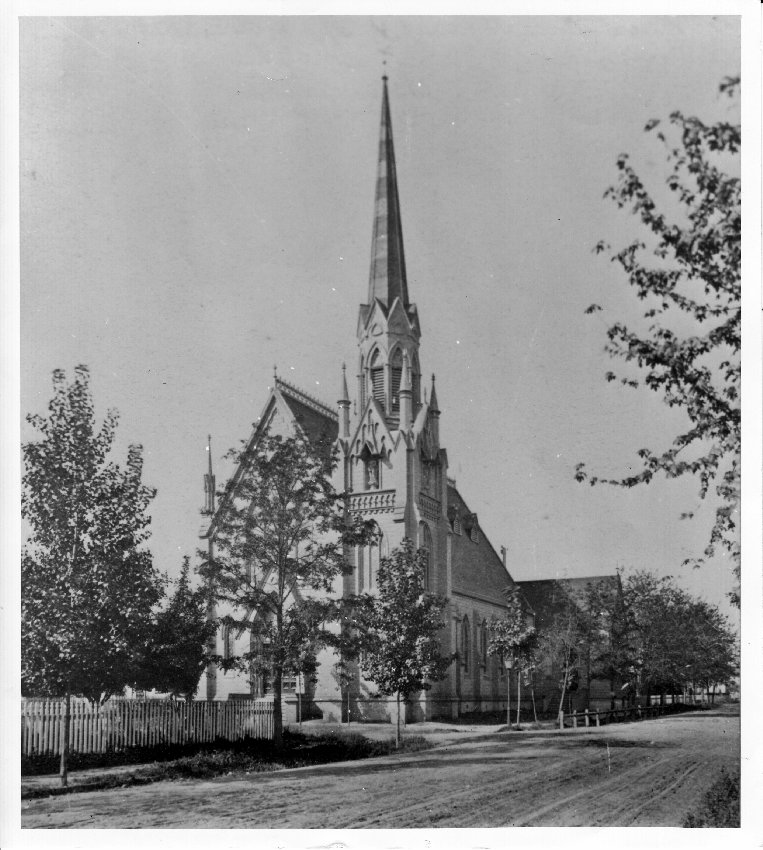
First Presbyterian
1874
Napa
The earliest historic settlers brought with them their religions and from the 1860s onward, churches were erected to serve the communities of Catholics, Eastern Orthodox, Episcopalians, Jews, Methodists, Muslims, Presbyterians, and Taoists. The two selected landmark churches in the exhibit are the First Presbyterian in Napa which was built in 1874, and Grace Episcopal in St. Helena built in 1883. Both churches are registered on the National Register of Historic Places and still hold services.
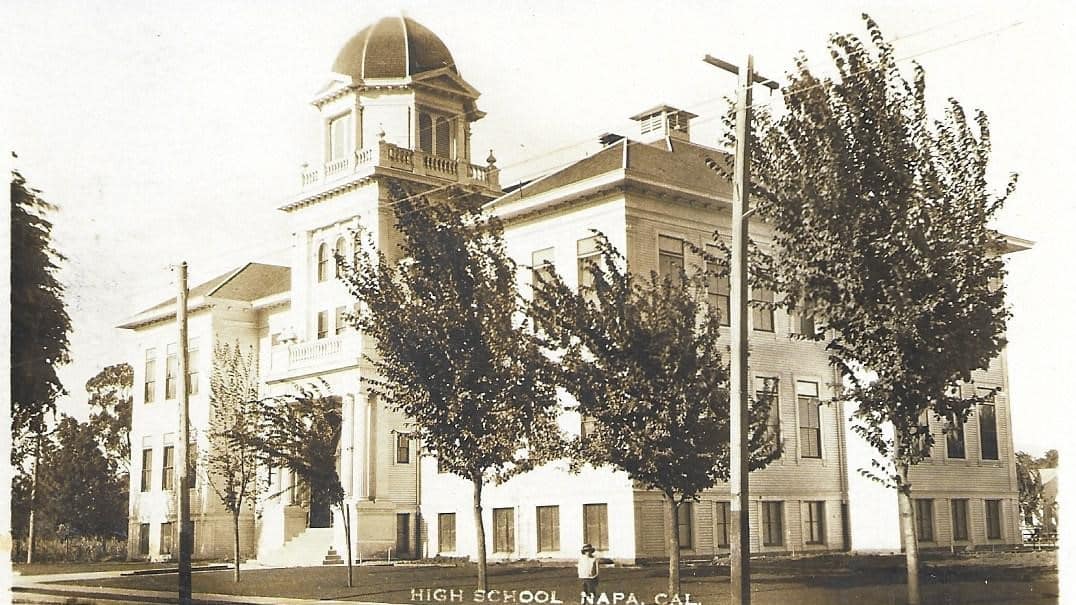
Napa Union High School
1920
Napa

St. Helena High School
1912
St. Helena
Formal education was quickly organized by the historic settlers and within the first decade of settlement one room school houses dotted the Valley. By 1860 the Collegiate Institute began serving higher education needs. The Institute was replaced in 1876 by the first high school, Napa Union High School. After it burned in the 1920s, the iconic building at the corner of Jefferson and Lincoln was erected. Meanwhile, in 1912 St. Helena built Vintage Hall, a beautiful stone structure that still stands today.
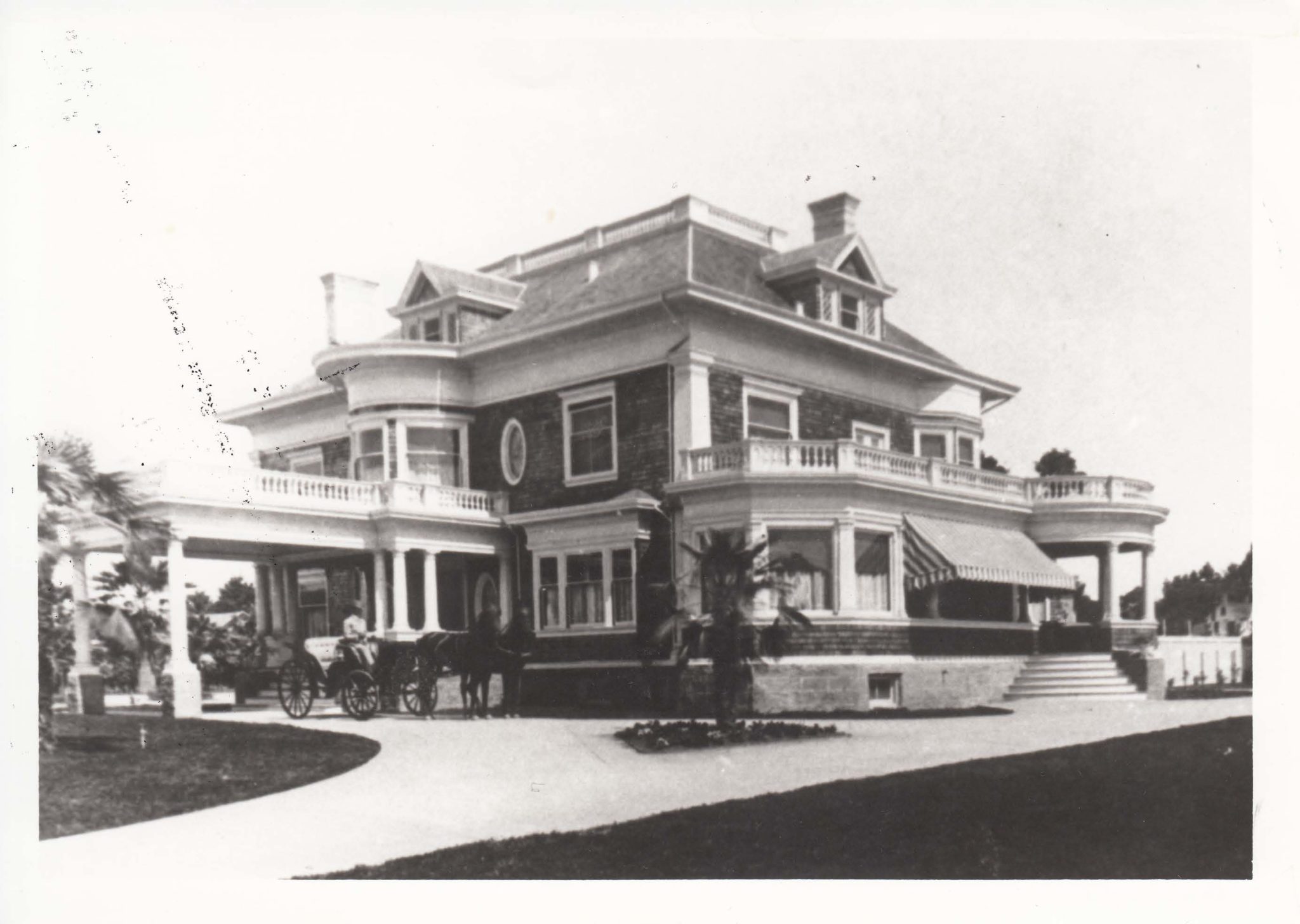
Noyes Mansion
1902
Napa
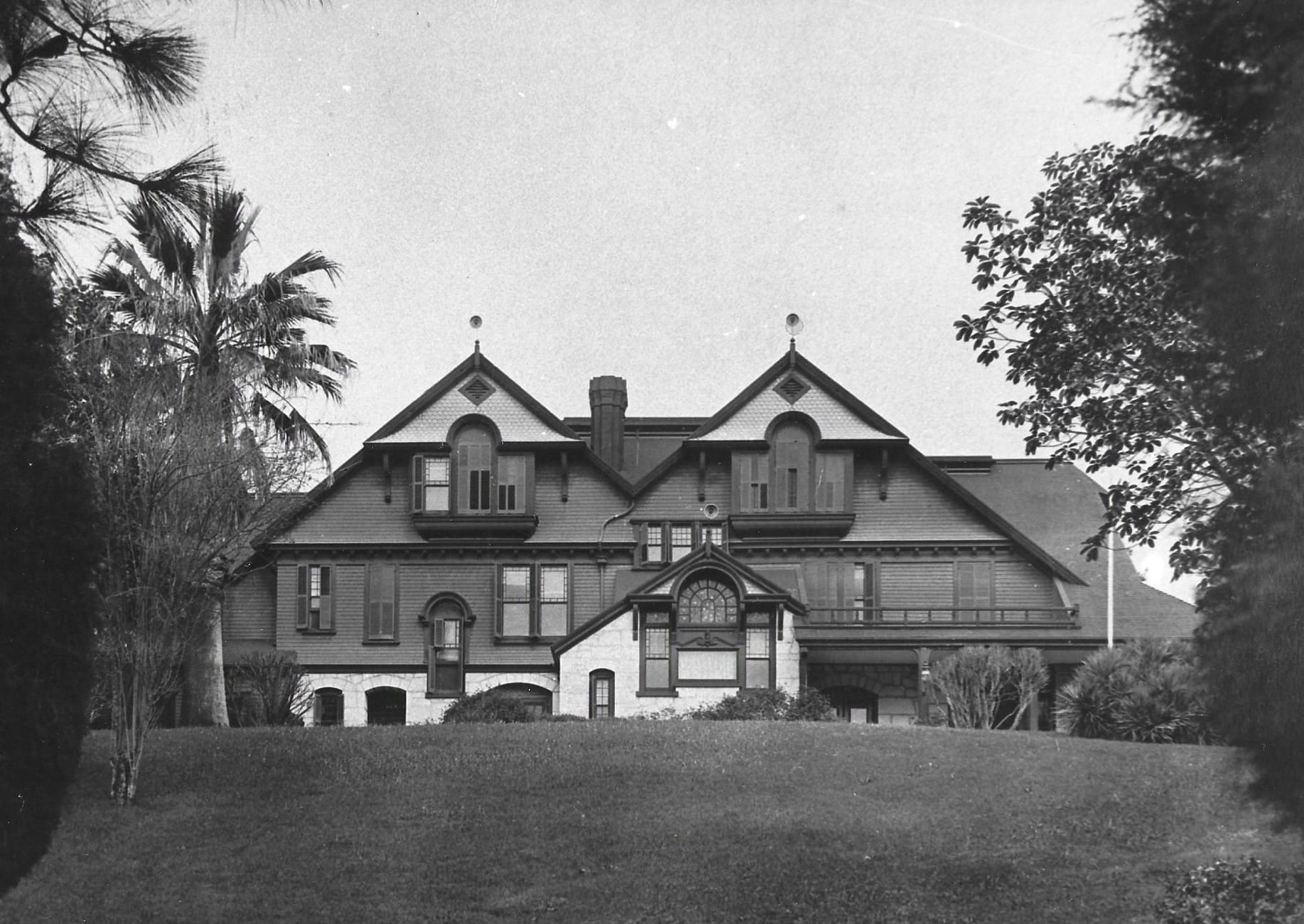
Tubbs Residence
Circa 1882
Calistoga
As farms, wineries, and businesses prospered the owners reflected their successes in their homes. The Noyes Mansion on First Street, built by Frank Noyes exemplifies the popular shingle X style of the 1902. Noyes made his fortune in lumber and lived in his home until the 1950s. Up valley outside Calistoga, Alfred Tubbs a prosperous chandler from San Francisco, build a family home and winery in 1882, partnering with Charles Krug to create the Napa Wine Company. Both house and winery burned but only the winery was rebuilt by Tubbs. Today the winery, Chateau Montelena is renowned for its awarding winning wines.
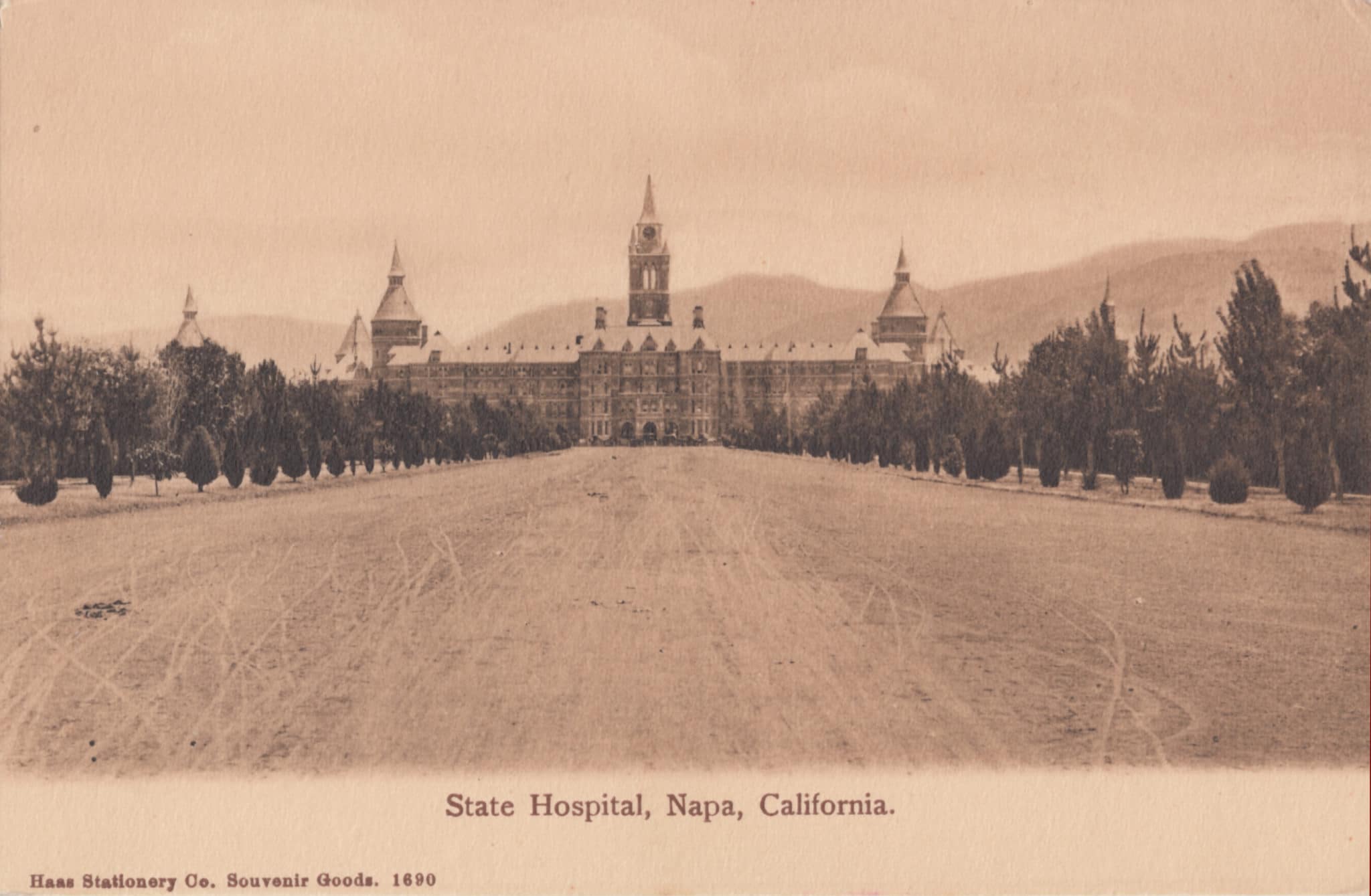
Napa State Hospital
1875
Napa
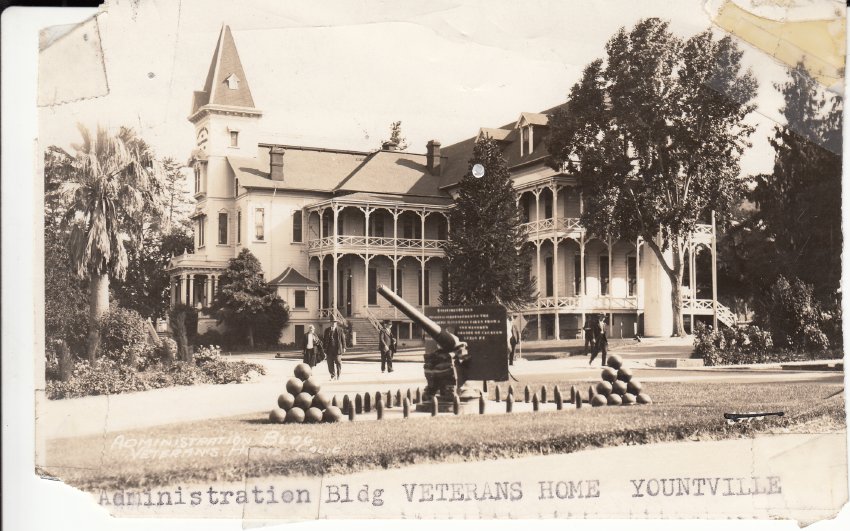
Veteran’s Home
1882
Yountville
From early historic settlement the curative characteristics of the hot springs were recognized. The abundance of hot springs around the Valley drove three industries; hospitals, hotels, and resorts. Drawn by the hot springs and bucolic nature of the Valley, the State of California built its second state hospital in 1875 at the southern end of the town of Napa on the land once part of Rancho Tulocay. In 1882, the Veterans Association purchased land adjacent to the town of Yountville and built the nation’s largest Veterans Home. Both hospitals were dramatically renovated in the 1930s and 40s refashioned in the popular Mission style of the time and both still serve their constituencies.
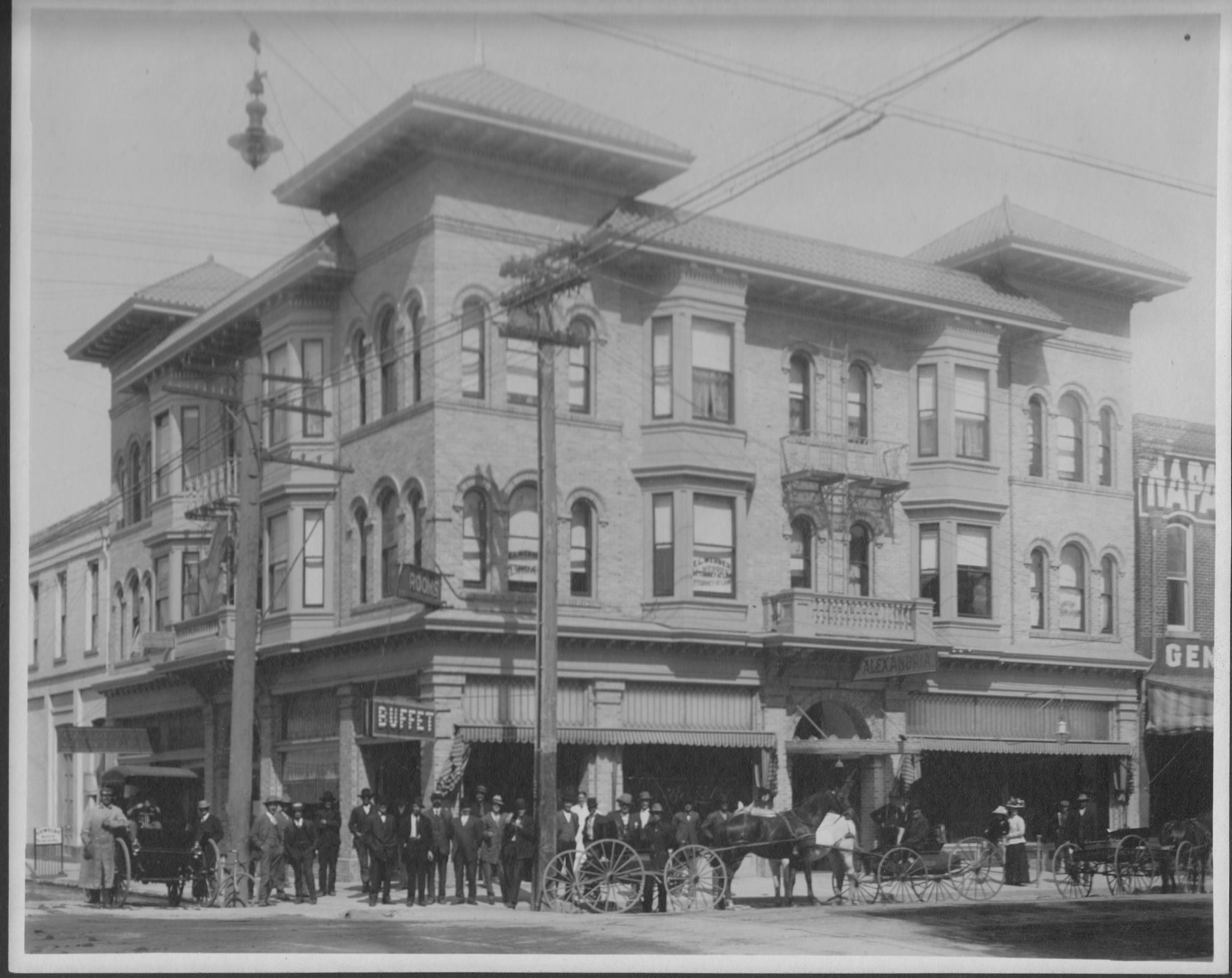
Alexandria Hotel
1910
Napa
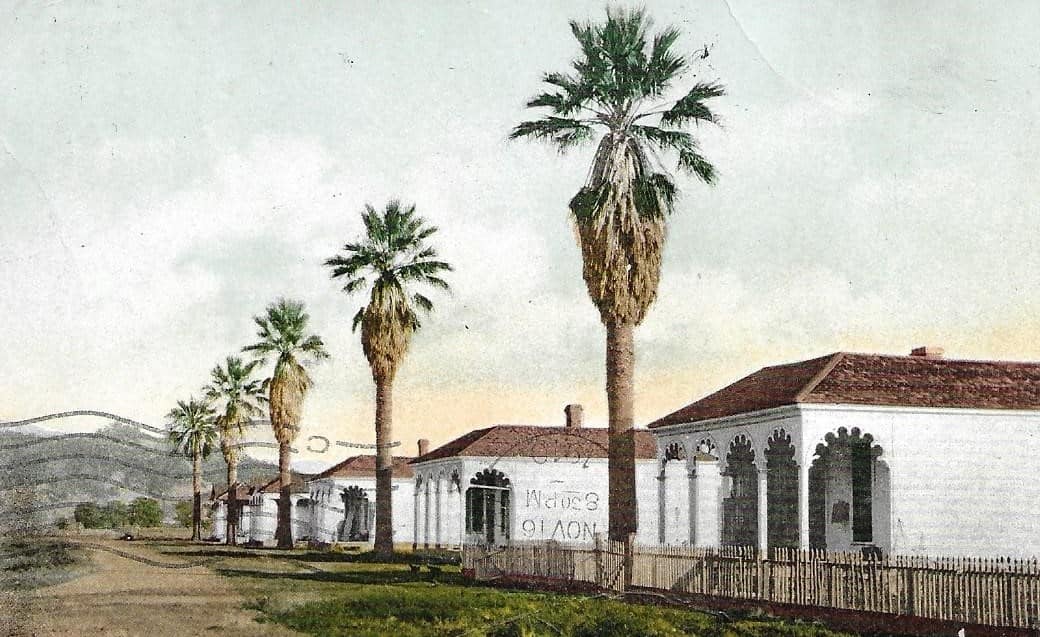
Brannan Cottages
1862
Calistoga
The hot springs were such a draw that Sam Brannan, an early entrepreneur in the Valley, renamed Agua Caliente, Calistoga, combining the name California with the well known resort town name, Saratoga. Opened in 1862, Brannan’s Cottages were an immediate success along with hotels in every town in the Valley including the Alexandria Hotel in downtown Napa that was later renamed the Plaza. The hotels combined with resorts tucked into the hillsides around the the various hot springs served a steady stream of tourists from the Bay Area and around the world.
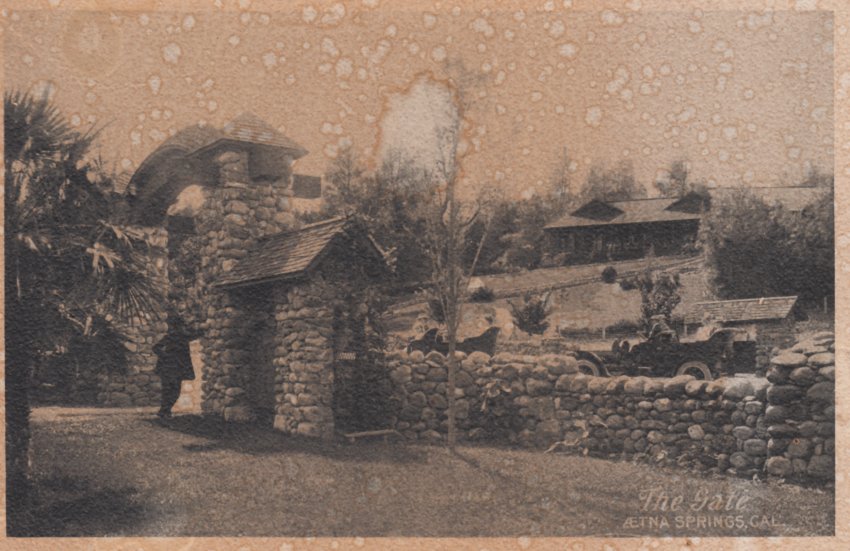
Aetna Springs
1900
Pope Valley
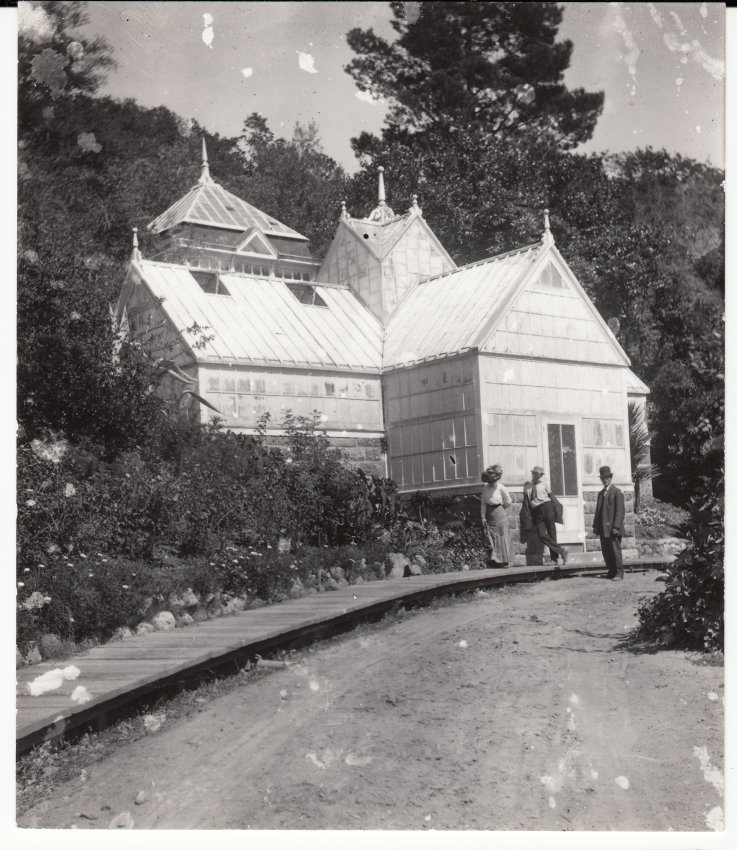
Soda Springs
1855
Napa
Both the Aetna Resort founded in 1877 and the Napa Soda Springs Resort built in 1885 fueled the tourism industry of the Valley through World War II. Aetna boasted the first golf course west of the Mississippi and the Napa Soda Springs capitalized on the mineral water bottling it and distributing near and wide.
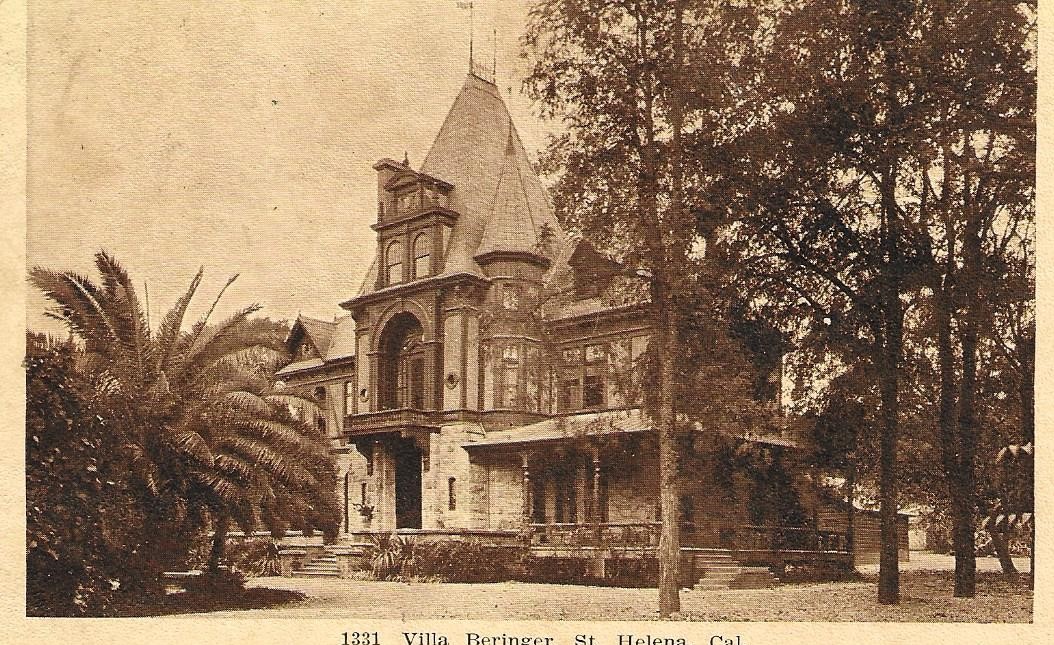
Beringer
1877
St. Helena
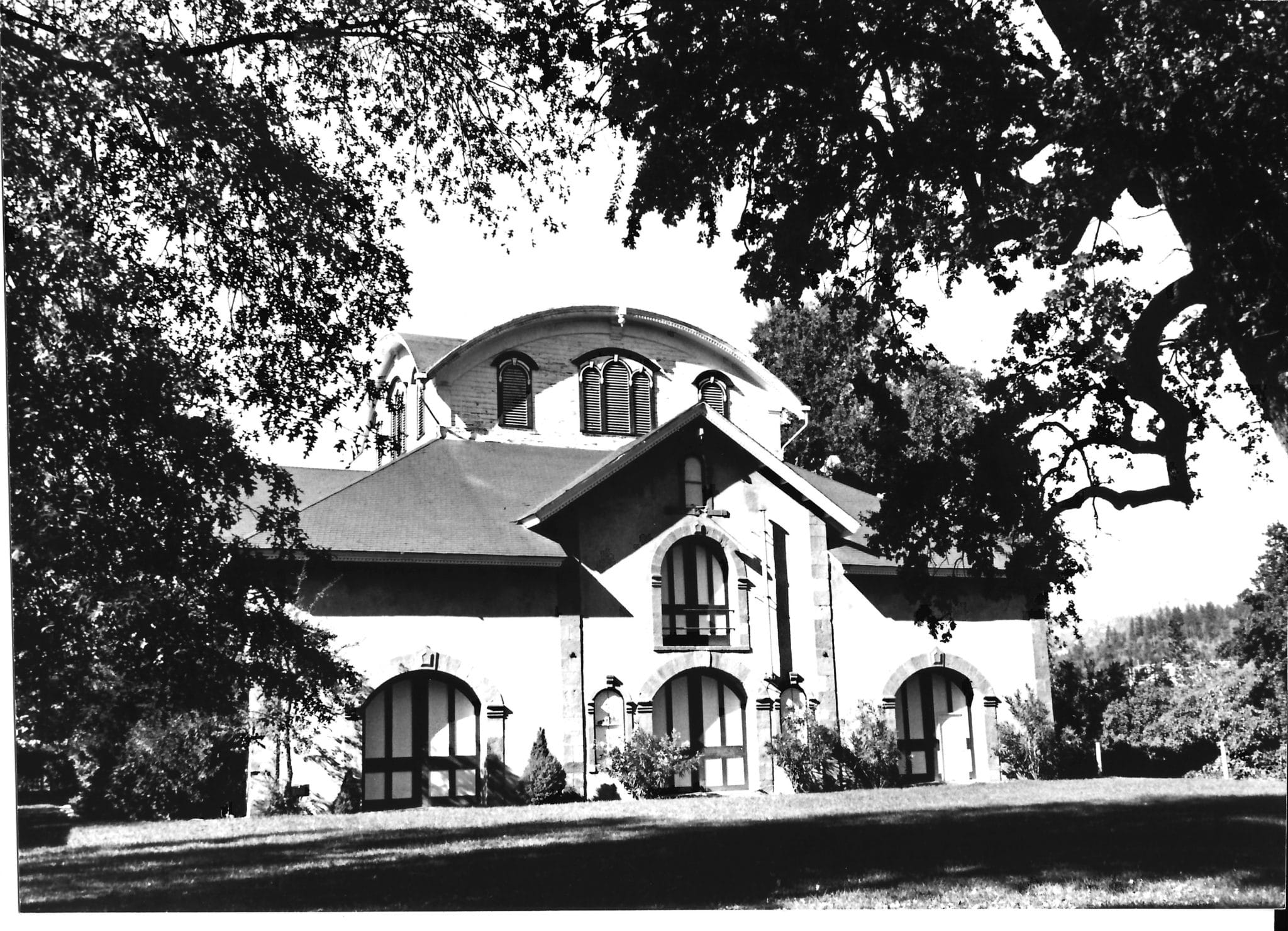
Charles Krug
1874
St. Helena
While visiting the hotels or resorts many tourists partook in the Valley wines, which had been commercialized within the first two decades of historic settlement. Charles Krug opened his winery in 1868 just north of St. Helena. Krug purchased the land from Edward Bale and his Rancho Carne Humana. Krug would go on to marry Bale’s daughter. Working for Krug was a young vintner named Jacob Beringer. Beringer, along with his brother Frederick, purchased land adjacent to Krug in 1877 and started a new winery under his own label. Today the Rhine House, built in the style reminiscent of the Beringer’s native homeland, Germany, still graces the winery.
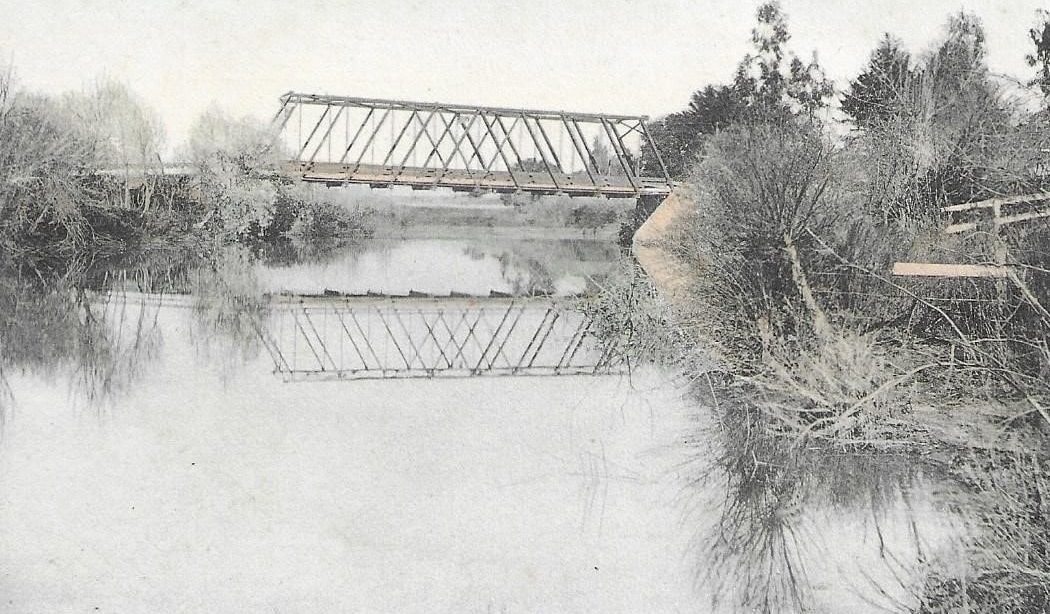
First Street Bridge
1914
Napa
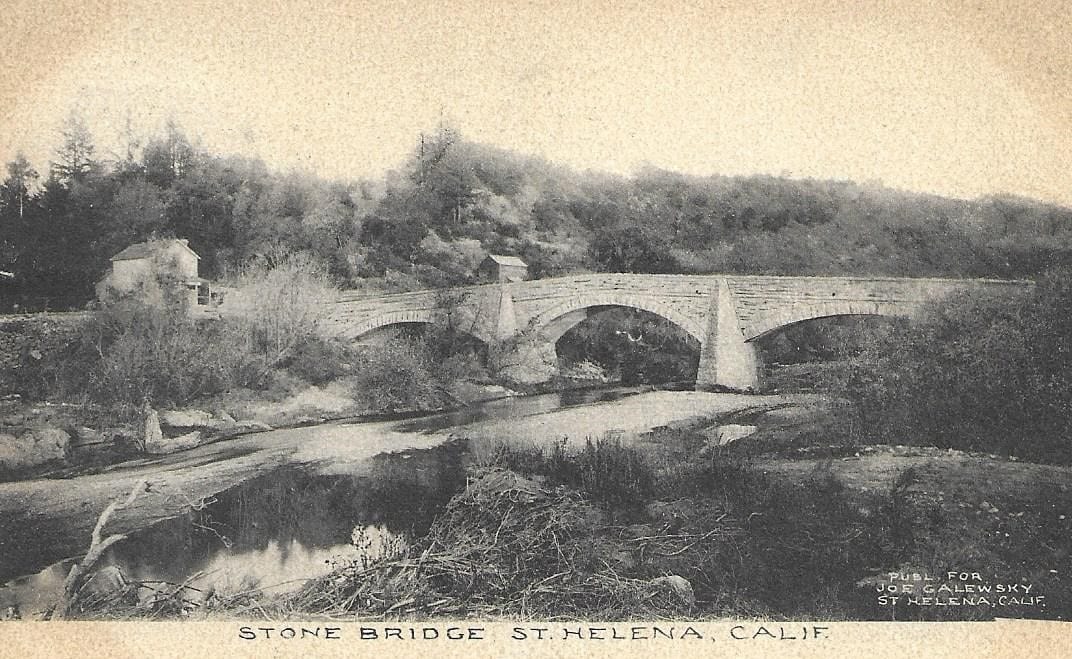
Pope Street Bridge
1894
St. Helena
The Napa River, lifeblood of the Valley and the reason for the town of Napa’s location at its navigable headwater, also posed a substantial obstacle to connecting the two sides of the Valley. Twenty-two bridges cross the river connecting Highway 29 on the western side of the Valley to the Silverado Trail on the eastern side. Two of the earliest bridges still serve traffic. The Pope Street bridge, built in 1894, outside St. Helena is the oldest stone bridge in the Valley. Its iconic and graceful arches span the river and provide a feast for photographers year round. The First Street bridge in Napa has been rebuilt numerous times. It was originally a truss bridge, replaced in 1914 with reinforced concrete, and finally refitted into the bridge it is today.
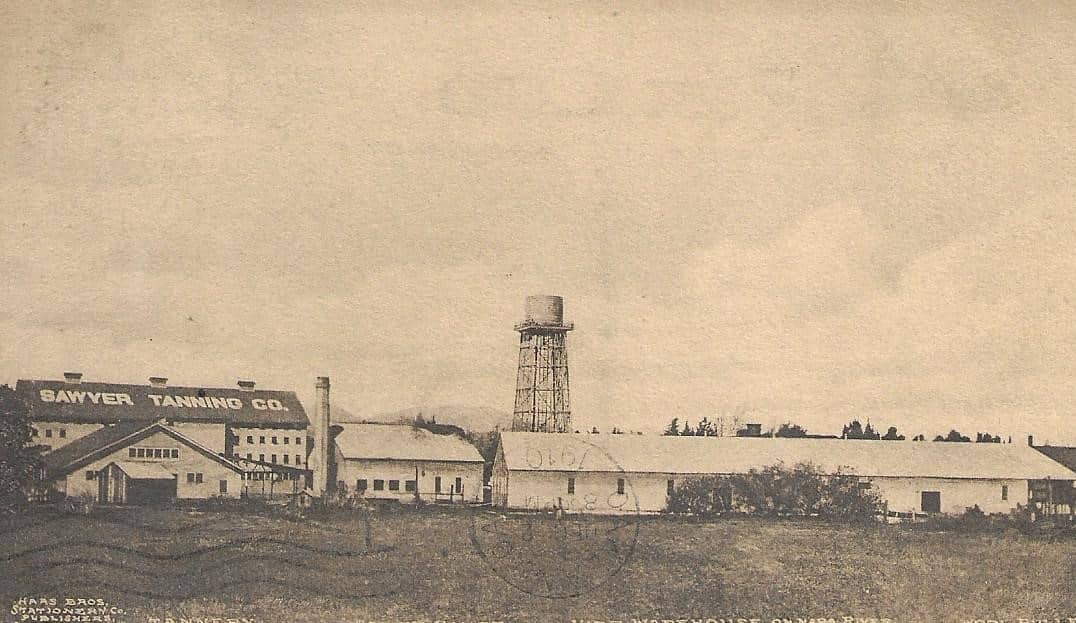
Sawyer Tannery
1871
Napa
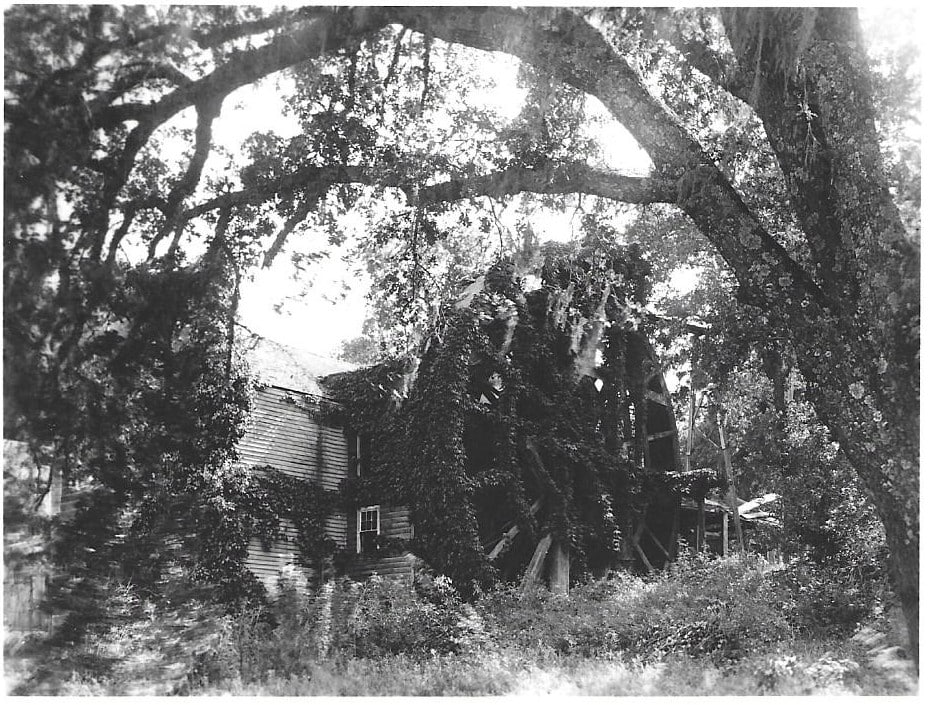
Bale Grist Mill
1846
St. Helena
Finally, as Napa grew, the businesses diversified. Alongside ranching and vineyards businesses grew that both supported agriculture and took advantage of other resources. The Bale Mill was built by Edward Bale at his rancho in St. Helena and run by his wife. The Grist mill was restored by California State Parks and is the center piece of the state park today still grinding flour. Down in Napa nestled along the banks of the navigable river just south of town, F.A. Sawyer started a tannery in 1871. Over the next hundred years Sawyer Tannery produced some of the nation’s finest leather and spurred the creation of other collateral industries in town.
From bridges to churches and businesses to hospitals, landmarks abound across the Valley. These select eighteen landmarks reveal the rich historic culture of Napa Valley and the mark people have left on the Valley. It is important to note that none of these records would exist without the development of photography, so alongside our exhibit of historic and modern photographs we have provided a timeline of the development of photography. From the Louis Daguerre’s processing breakthrough the same year George Yount settled in Napa Valley to the introduction of the iPhone and its ability to take and store digital images, our time line tracks changes in equipment, printing and projections.

